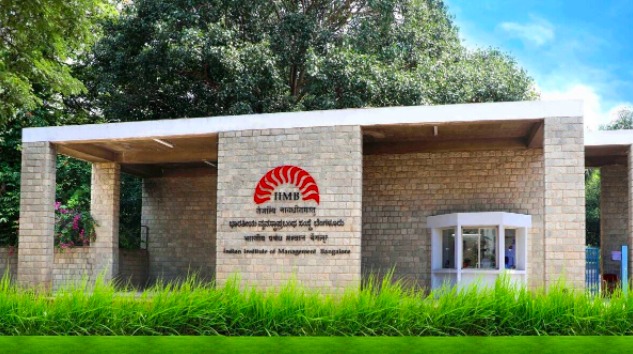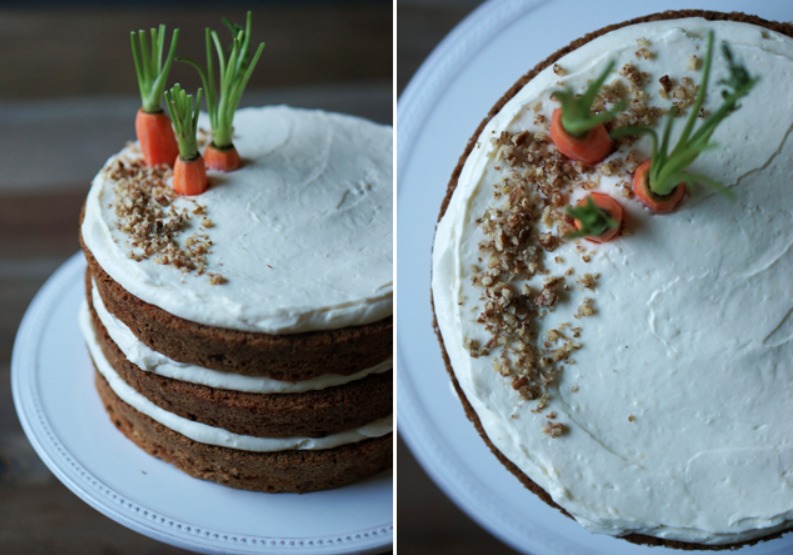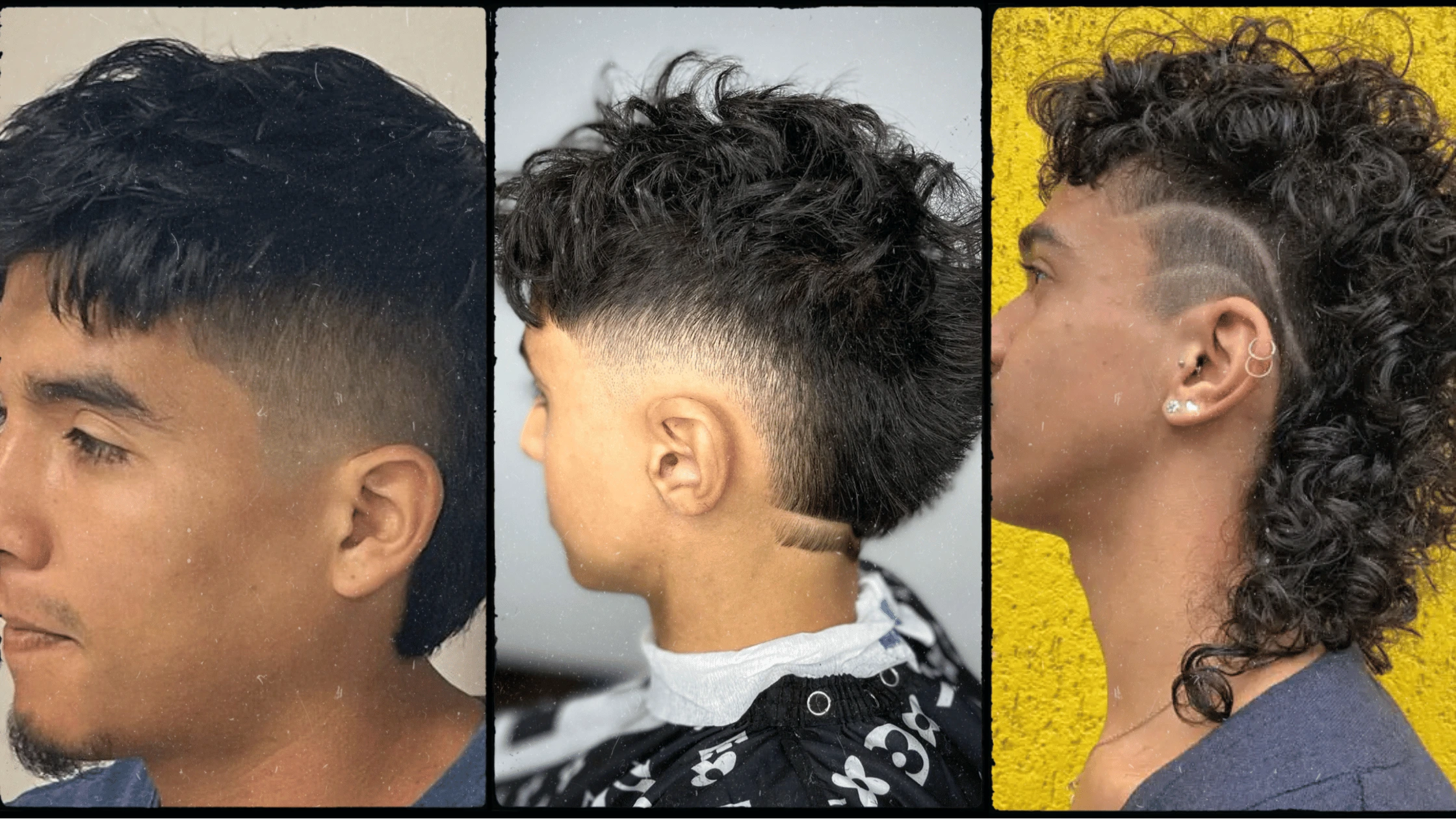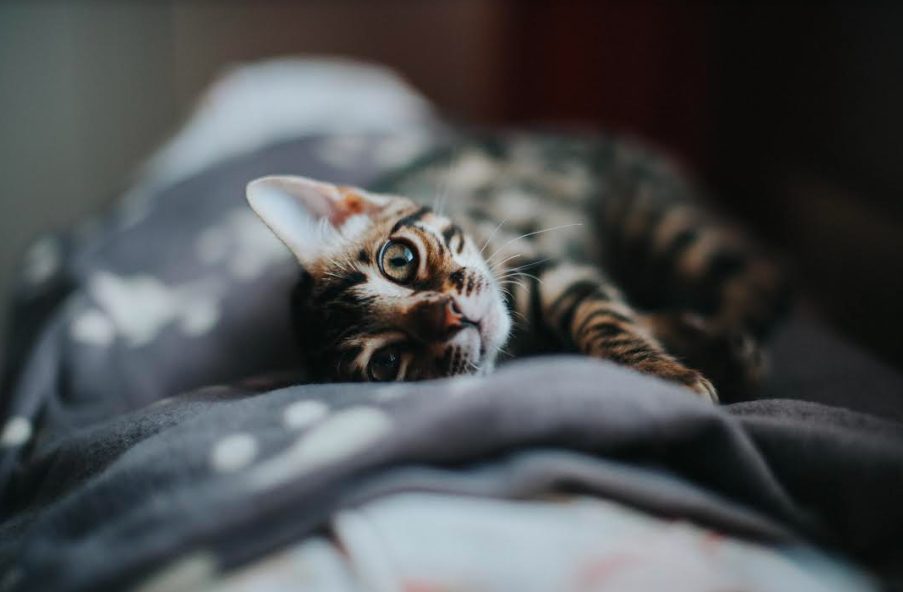Everything that you need to know about Almond genoise mini cakes.
Almond genoise mini cakes, Many people opt for smaller parties and backyard get-togethers with close…
The Ultimate Fighting Championship (UFC) 4 Game.
is ufc 4 cross platform? In 2022, UFC 4 may be available on multiple platforms!…
Everything that you need to know about Chuleta kan kan.
Chuleta kan kan Pork Chop Chuleta is a relatively new creation in the culinary world.…
Pet Safety 101: How to Keep Your Animals Safe and Secure
Pets are fantastic additions to households, but you are the one who is ultimately responsible…
Why did Iowa defeat Michigan?
Michigan vs iowa, The Ohio State Buckeyes will not be crowned Big Ten champions for…
Why Dont united pentecostals wear makeup jewelry?
Sehrish kiran April 8, 2023 0Why Dont united pentecostals wear makeup jewelry? United Pentecostal women usually don’t wear makeup or jewellery because they think doing so goes against what the…
5 Ways to Make Your Website More User-Friendly
Sehrish kiran March 4, 2023 0Make Your Website: It must be user-friendly to provide a positive experience for visitors and…
Is diana ross still alive?
Sehrish kiran April 26, 2022 0Is diana ross still alive, and where is she now? Yes! diana ross is still…
Best DevOps Course in Bangalore with Placement.
Sehrish kiran May 14, 2022 0Bangalore with Placement, If the individuals are interested to enjoy the best possible placement opportunities…
Carrot cake without frosting is what you’ll make with this recipe.
Sehrish kiran April 16, 2022 0Carrot cake nude, For the most incredible carrot cake recipe, go no further than here.…
Best ram rage deck review 2023.
Sehrish kiran April 15, 2022 0Best ram rage deck, Soldiers continue to advance despite the snare of the Ram Rider.…
All About Crypto Liquidity Pools
Sehrish kiran August 11, 2022 0Crypto Liquidity Pools: Cryptocurrencies have brought about a change in digital currencies and new opportunities…
Recent Posts
How many times is hesed used in the bible
How many times is hesed used in the bible? The Hebrew term hesed is translated…
Is vaping a sin
Is vaping a sin? The Bible does not address vaping or smoking, so it cannot…
What is Text Message Broadcasting, and Why Is It Effective?
Small business owners must find effective marketing strategies to reach their target audience as an…
Navigating Baby’s First Year: How to Overcome Challenges
Becoming a parent is undoubtedly one of the most rewarding experiences in life. However, it…
How to Fix Battlenet Stuck on Initializing
Battlenet stuck on initializing issues has troubled many gamers, disrupting their gaming…
Team Members
Trending Posts
How many times is hesed used in the bible? The Hebrew term hesed is translated…
Is vaping a sin? The Bible does not address vaping or smoking, so it cannot…
Small business owners must find effective marketing strategies to reach their target audience as an…
Becoming a parent is undoubtedly one of the most rewarding experiences in life. However, it…
Battlenet stuck on initializing issues has troubled many gamers, disrupting their gaming…
The Burst Fade Mullet is a trendy haircut for people who like to stand out…
Summer is the perfect time to spend quality time with your loved ones, and one…
Pets are fantastic additions to households, but you are the one who is ultimately responsible…
Important Things to Keep in Mind When You Build a Home: A home’s construction is…
















